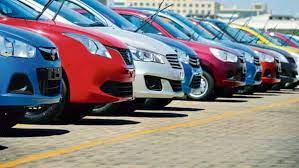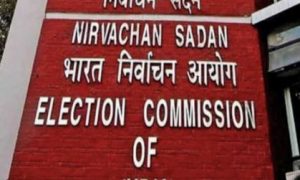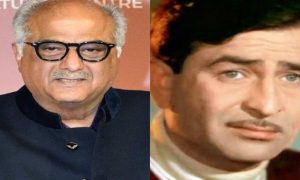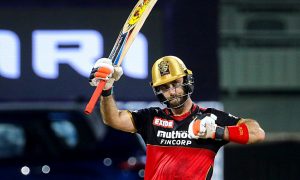Car insurance or motor insurance is mandatory in India and, therefore, it is only natural to know which factors affect the premium. An inexpensive car insurance policy can be purchased without compromising on the coverage.
The following factors will help ensure that an affordable policy with adequate coverage can be purchased and that the right call is made when it comes to buying or renewing the policy.
1. Car variant
The vehicle’s basic composition and its type, cubic capacity of the engine, etc., impact its premium directly, with the premium for some vehicles, for instance, a luxurious sedan, being higher than that of a hatchback.
2. Vehicle’s age
The age of the vehicle accounts for two very essential, interrelated concepts about car insurance. Depreciation and Insured Declared Value (IDV). Depreciation is the reduction in the value of an asset due to natural wear and tear over some time, and IDV can be understood as the approximate current market value of the vehicle. Usually, an old car will have more depreciation and less IDV, which means that it will cost less to insure an old vehicle and more to insure a new vehicle.
3. Area of insuring
“Insuring a car in a metro costs more than insuring one in a tier-3 city because cars are more prone to damage in an urban setting that is usually associated with factors that increase the frequency of accidents such as traffic and congested roads,” said Animesh Das, director, Motor Underwriting, ACKO Insurance.
4. Type of coverage
In India, a basic third-party insurance policy is mandatory. However, the other own damage component of a policy is not mandatory. While the third-party cover is offered against third-party liabilities, a comprehensive car insurance policy covers own damage along with third-party liabilities. Plus, coverage can be enhanced with the help of add-ons. “As the coverage offered by a third-party liability policy is less, the cost is less as compared to a comprehensive car insurance policy. The premium increases in proportion to the coverage offered,” said Das.
5. Availability of add-ons
Add-ons offer extra security and come at an additional cost, thus, adding to the cost of the premium. Some of the common add-ons are engine protection cover, zero depreciation, roadside assistance cover, etc. “You shouldn’t buy all add-ons along with your motor insurance, you must go for only those add-ons that you feel are necessary,” said Das.
6. No claim bonus (NCB)
Insurance companies offer a discount on the premium during car insurance renewal if a claim hasn’t been raised during the previous policy period. The NCB component must always be considered (if applicable) before deciding whether or not to raise a claim.
7. Anti-theft device
“Securing vehicles with an anti-theft device that is certified by the Automotive Research Association of India (ARAI) might also fetch a discount on car insurance premium,” Das said.
8. Voluntary deductibles
Opting for a voluntary deductible can reduce the insurance premium since the policyholder contributes a predetermined amount to the total claim amount. Consequently, the insurer pays less while settling a claim and, therefore, charges a lower premium.





































